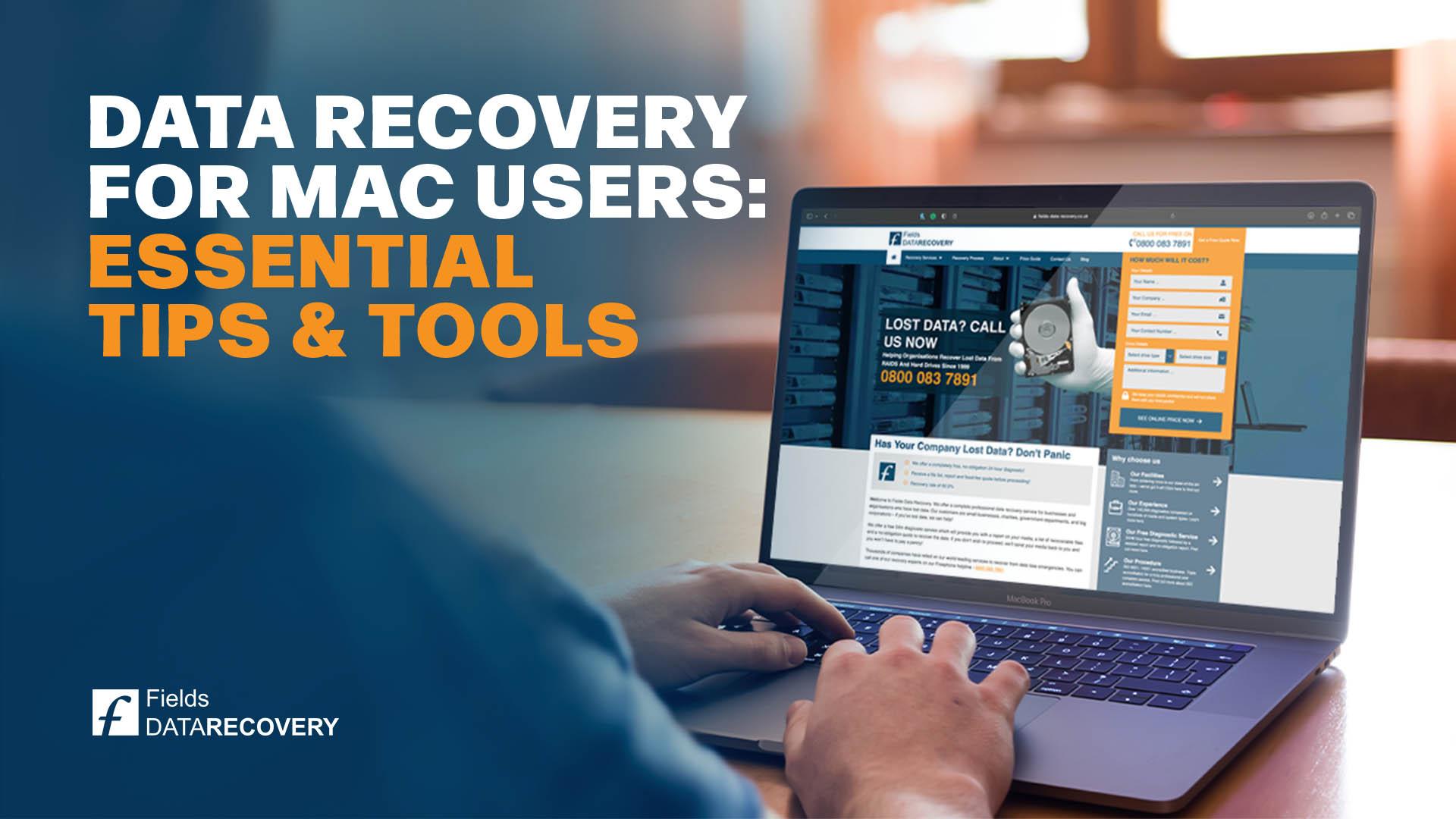Data Recovery for Mac Users: Essential Tips and Tools

Mac users must be aware of their system's robust data storage capabilities. However, situations arise when Mac users face the challenge of recovering their essential files, whether it's due to accidental deletion, hardware failure, or even cyber-attacks. Data loss can cause significant downtime and can be a nightmare for individuals and businesses with critical information. Fear not, Mac users! In this blog post, we will discuss essential tips and tools to help recover your invaluable data.
1. Backup your Data: The first step in data recovery is to ensure that your data is backed up, which can save you from severe headaches and frustration later. Though Macs have built-in backup capabilities, it's crucial to set up a backup strategy depending on your needs. You can use Apple's Time Machine feature, which automatically backs up your data at regular intervals. External hard drives, cloud-based backup solutions, and network-attached storage (NAS) also provide different backup options.
2. Consult a Professional Data Recovery Service: DIY data recovery software can sometimes make the recovery process more complicated and worsen the problem at hand. In such cases, it's always best to seek help from professional data recovery services. These experts provide customised solutions to recover data from different sources, such as crashed hard drives, flash drives, and other storage devices. However, it's essential to choose a reputable data recovery company that provides a transparent pricing model. Fields Data Recovery is here to help. We offer a no data no fee recovery service, so if we cant get your data back, then you owe us nothing.
3. Stay Calm and Do Not Overwrite Data: When faced with data loss, it's recommended not to panic and overwrite the existing data. Continuing to use your Mac or any storage device after the data is lost can overwrite files and make the recovery process difficult or even impossible. Therefore, when data loss occurs, immediately shut down the system or device to prevent any further damage to the data, until you can recover the lost data.
4. Protect Your Data: The best way to avoid data loss is to protect your files using encryption and password protection. In case of theft or loss, data encryption prevents unauthorised access to your data. You can use Apple's FileVault encryption feature to encrypt and protect your files from prying eyes. Additionally, avoiding suspicious downloads and regularly updating your anti-virus software helps prevent cyber-attacks that can lead to data loss.
Conclusion:
Losing priceless files can be the worst nightmare for any Mac user, especially businesses where the data can translate into lost revenue and opportunities. Thankfully, our essential tips and tools for data recovery for Mac users can help mitigate data loss and expedite the recovery process. Always remember to back up your data regularly, avoid overwriting lost data, protect your data using encryption, and choose reliable data recovery solutions according to your needs. With these tips, you can rest assured that your data is secured, protected, and easily recoverable in case of any data loss.
Data loss or corruption can happen to anyone and its best to have a recovery service you can trust as backup. Contact us today at 0800 083 7891 so our skilled technicians can help you retrieve your lost data.
